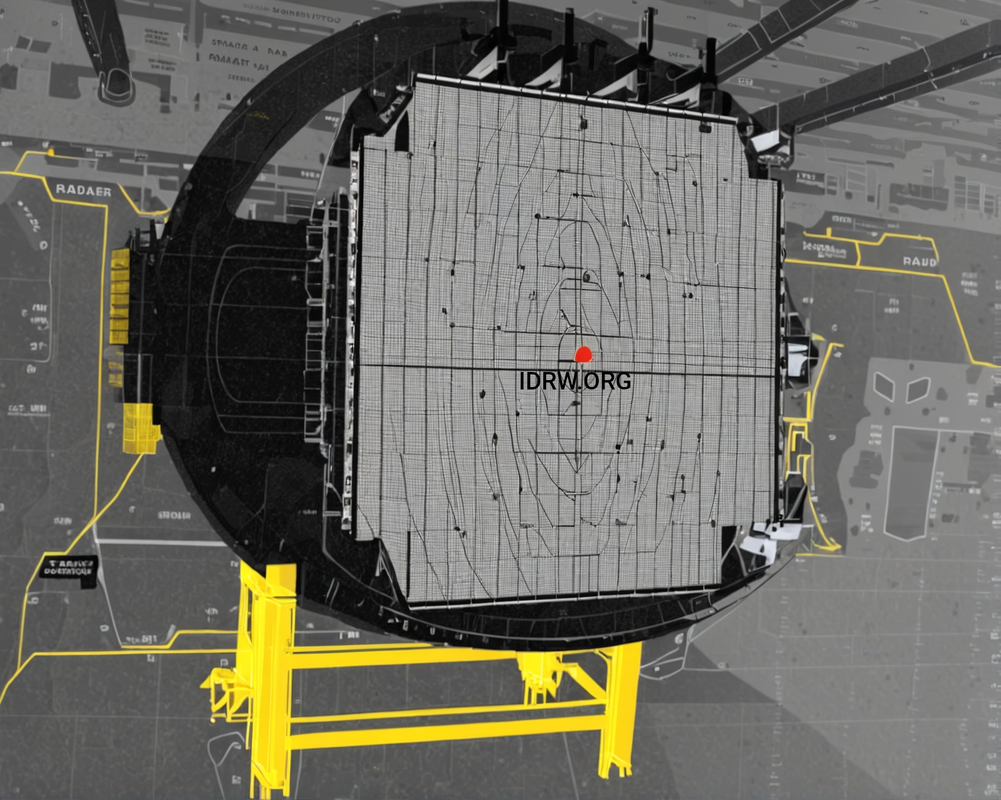SOURCE: AFI


The Defence Research and Development Organisation (DRDO) of India is set to begin work on a new indigenous liquid cooling system designed specifically for airborne radars in fighter aircraft. This cutting-edge cooling technology will play a vital role in ensuring optimal performance and durability of advanced radar systems, particularly those used in fighter jets like the Light Combat Aircraft (LCA) Tejas and the upcoming Advanced Medium Combat Aircraft (AMCA).
Airborne radars are essential for modern combat aircraft, providing real-time information, tracking, and target acquisition capabilities. However, the high-power electronic components used in these radars generate significant amounts of heat, which, if not effectively dissipated, can degrade radar performance and potentially damage sensitive equipment.
Liquid cooling systems are crucial for these radar systems, as they offer enhanced heat dissipation compared to traditional air cooling. Liquid cooling technology increases reliability, improves radar efficiency, and enables radars to function continuously without the risk of overheating, which is especially vital during extended operational missions.
The initiative to develop an indigenous radar cooling system is part of India’s ongoing effort to reduce dependency on foreign defense technologies. By focusing on locally developed systems, the DRDO aims to create robust, customizable, and scalable solutions for the Indian Air Force (IAF) that are designed to meet specific requirements of domestic fighter jets, thus enhancing India’s defense capabilities.
The indigenous cooling system will be compatible with various fighter aircraft, including:
Other domestic and foreign platforms: This development opens the door for India to export the technology to other nations seeking reliable radar cooling solutions.
Tejas Mk1A and Tejas Mk2: Advanced versions of India’s Light Combat Aircraft, equipped with AESA (Active Electronically Scanned Array) radars that demand efficient cooling.
AMCA (Advanced Medium Combat Aircraft): India’s future 5th-generation fighter jet, which is expected to house powerful radar and electronic warfare systems that require state-of-the-art cooling mechanisms.
The DRDO’s radar cooling system is expected to incorporate several advanced features to ensure high efficiency and reliability, including:
Increased Reliability and Low Maintenance: Built with durable materials and a focus on low-maintenance operation, the system will ensure long-term reliability with minimal upkeep, an essential factor for operational readiness.
Enhanced Thermal Conductivity: The liquid coolant will be engineered for high thermal conductivity, ensuring rapid heat transfer away from critical radar components.
High-Flow Rate Coolant Pumps: Pumps with high-flow rates will maintain continuous circulation of coolant, optimizing the system’s capacity to handle the heat load generated by powerful AESA radars.
Compact, Lightweight Design: To meet the demands of airborne applications, the cooling system will be compact and lightweight, minimizing any adverse effects on aircraft performance.